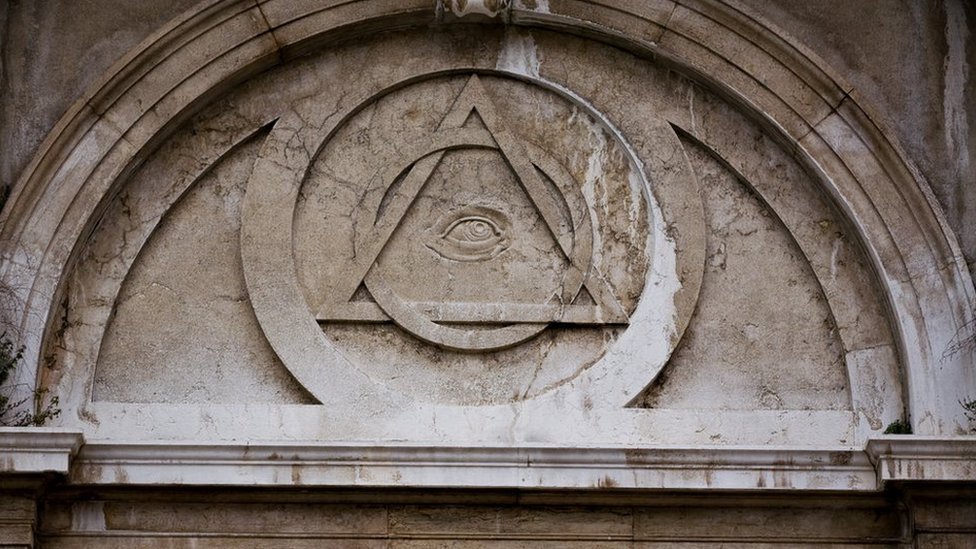Learn the Pathways and Secrets to Join Freemason Across the World
Learn the Pathways and Secrets to Join Freemason Across the World
Blog Article
Exploring the Mysteries of the Freemason: What You Required to Know
The Freemason, a term frequently shrouded in intrigue and controversy, stands for a complicated tapestry of historical fact and modern-day myth. Established in the late 18th century, this secret society was originally rooted in the Enlightenment's suitables however has because become identified with conspiracy theories about elite control.
Origins of the Freemason
The beginnings of the Freemason are soaked in a blend of historical intrigue and ideological eagerness. Established in 1776 in Ingolstadt, Bavaria, by Adam Weishaupt, the team was initially developed as a secret culture targeted at advertising Knowledge perfects such as reason, secularism, and the separation of church and state. Weishaupt, a teacher of canon legislation, looked for to challenge the dominating authority of the church and state, which he deemed oppressive institutions stifling intellectual and personal flexibility.
The Freemason looked for to hire significant members from different social sectors, consisting of politics, academic community, and the arts, to foster a network devoted to these Knowledge concepts. The society operated under a veil of privacy, employing coded language and rituals to shield its members from persecution, particularly given the repressive climate of the time. The Freemason encountered significant opposition from both governmental authorities and spiritual institutions, which checked out the team as a danger to their power.
Trick Numbers and Members
Who were the critical figures that shaped the Freemason's very early impact and direction? The Bavarian Freemason, founded in 1776 by Adam Weishaupt, arised as a response to the overbearing social structures of the time.
Another significant number was Johann Gottlieb Fichte, a famous philosopher whose concepts on nationalism and education and learning resonated with the Freemason's goals. Fichte was not an official member, his philosophical supports affected the team's belief. Additionally, numbers like the writer and philosopher Johann Wolfgang von Goethe were linked with the wider intellectual movements of the time, although their straight involvement with the Freemason remains questioned.
These essential numbers added to the Freemason's very early instructions, pushing the borders of political and social thought, while their cumulative efforts intended to challenge recognized norms and cultivate a climate of modern change in Europe.
Misconceptions vs. Reality
Several mistaken beliefs surround the Freemason, often mixing truth with fiction in a manner that obscures its true nature. This secret society, initially established in 1776 in Bavaria, aimed to advertise Enlightenment ideals and battle spiritual and political injustice. The idea that the Freemason continues to put in significant impact over world occasions is a misconception. While the group did exist, it was disbanded in the late 18th century and has actually not run as a cohesive entity since after that.
Another common misconception is that the Freemason consists of a network of elite individuals manipulating worldwide affairs. In truth, several conspiracy theories exaggerate the group's relevance, connecting misguided motives to societal patterns and events. This has caused an oversimplified sight of intricate concerns.

Modern Interpretations
Contemporary interpretations of the Freemason typically reflect more comprehensive social anxiousness and an attraction with privacy and power. This modern-day lens frequently associates the Freemason with conspiracy theories that review suggest a covert elite manages globe occasions, adjusting federal governments and economies for their own gain. Such narratives tap right into a deep-seated suspect of authority, especially in times of dilemma or social upheaval.

Furthermore, some modern interpretations frame the Freemason as an allegory for the intricacies of globalization and the interconnectedness of significant individuals and organizations. This perspective urges a crucial examination of how power characteristics run in today's world, highlighting the balance in between openness and privacy in governance and corporate practices.
Social Effect and Tradition
Influenced by centuries of intrigue, the cultural impact and heritage of the Freemason expand far beyond its historic origins. This secret society, developed in the late 18th century, has penetrated numerous elements of pop culture, from literature and film to songs and art. The concept of the Freemason link has evolved right into a sign of conspiracy theory theories, often representing a weblink viewed covert power adjusting international events.
In literary works, writers like Dan Brown have woven the Freemason right into detailed stories, captivating readers with motifs of privacy and power. Films such as "National Prize" and "The Da Vinci Code" even more perpetuate the appeal of the society, mixing reality with fiction to produce engaging narratives.
The Freemason's impact likewise expands into songs, with artists referencing the organization to stimulate themes of disobedience and societal critique. This representation has added to an attraction with the idea of private groups regulating the levers of power, mirroring societal anxiousness about authority and openness.
Ultimately, the Freemason's heritage is a complex tapestry of misconception and fact, shaping assumptions of secrecy and control in contemporary discussion. Its long-lasting existence in society underscores humankind's seasonal quest for comprehending hidden facts.
Conclusion
The exploration of the Freemason exposes an intricate interplay between historical truths and modern-day myth-making. Founded in the Enlightenment period, this culture aimed to challenge oppressive structures, yet its tradition has actually been overshadowed by conspiracy theories that recommend elite adjustment. Understanding the distinctions between the original perfects and modern analyses is vital for understanding the sustaining attraction with the Freemason and its substantial impact on social stories bordering power and privacy in culture.
Report this page